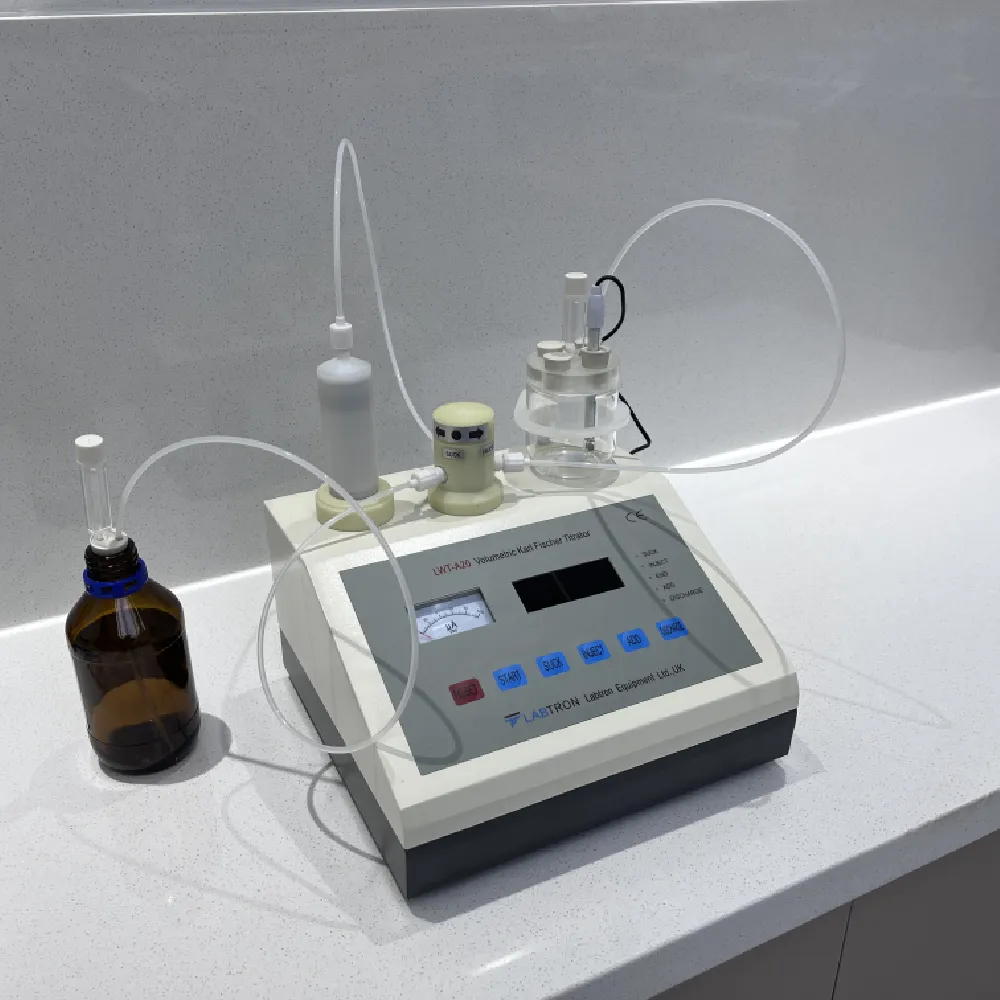 English
English



-
 Afrikaans
Afrikaans -
 Albanian
Albanian -
 Amharic
Amharic -
 Arabic
Arabic -
 Armenian
Armenian -
 Azerbaijani
Azerbaijani -
 Basque
Basque -
 Belarusian
Belarusian -
 Bengali
Bengali -
 Bosnian
Bosnian -
 Bulgarian
Bulgarian -
 Catalan
Catalan -
 Cebuano
Cebuano -
 China
China -
 China (Taiwan)
China (Taiwan) -
 Corsican
Corsican -
 Croatian
Croatian -
 Czech
Czech -
 Danish
Danish -
 Dutch
Dutch -
 English
English -
 Esperanto
Esperanto -
 Estonian
Estonian -
 Finnish
Finnish -
 French
French -
 Frisian
Frisian -
 Galician
Galician -
 Georgian
Georgian -
 German
German -
 Greek
Greek -
 Gujarati
Gujarati -
 Haitian Creole
Haitian Creole -
 hausa
hausa -
 hawaiian
hawaiian -
 Hebrew
Hebrew -
 Hindi
Hindi -
 Miao
Miao -
 Hungarian
Hungarian -
 Icelandic
Icelandic -
 igbo
igbo -
 Indonesian
Indonesian -
 irish
irish -
 Italian
Italian -
 Japanese
Japanese -
 Javanese
Javanese -
 Kannada
Kannada -
 kazakh
kazakh -
 Khmer
Khmer -
 Rwandese
Rwandese -
 Korean
Korean -
 Kurdish
Kurdish -
 Kyrgyz
Kyrgyz -
 Lao
Lao -
 Latin
Latin -
 Latvian
Latvian -
 Lithuanian
Lithuanian -
 Luxembourgish
Luxembourgish -
 Macedonian
Macedonian -
 Malgashi
Malgashi -
 Malay
Malay -
 Malayalam
Malayalam -
 Maltese
Maltese -
 Maori
Maori -
 Marathi
Marathi -
 Mongolian
Mongolian -
 Myanmar
Myanmar -
 Nepali
Nepali -
 Norwegian
Norwegian -
 Norwegian
Norwegian -
 Occitan
Occitan -
 Pashto
Pashto -
 Persian
Persian -
 Polish
Polish -
 Portuguese
Portuguese -
 Punjabi
Punjabi -
 Romanian
Romanian -
 Russian
Russian -
 Samoan
Samoan -
 Scottish Gaelic
Scottish Gaelic -
 Serbian
Serbian -
 Sesotho
Sesotho -
 Shona
Shona -
 Sindhi
Sindhi -
 Sinhala
Sinhala -
 Slovak
Slovak -
 Slovenian
Slovenian -
 Somali
Somali -
 Spanish
Spanish -
 Sundanese
Sundanese -
 Swahili
Swahili -
 Swedish
Swedish -
 Tagalog
Tagalog -
 Tajik
Tajik -
 Tamil
Tamil -
 Tatar
Tatar -
 Telugu
Telugu -
 Thai
Thai -
 Turkish
Turkish -
 Turkmen
Turkmen -
 Ukrainian
Ukrainian -
 Urdu
Urdu -
 Uighur
Uighur -
 Uzbek
Uzbek -
 Vietnamese
Vietnamese -
 Welsh
Welsh -
 Bantu
Bantu -
 Yiddish
Yiddish -
 Yoruba
Yoruba -
 Zulu
Zulu
gas chromatography types
The Types of Gas Chromatography An Overview
Gas chromatography (GC) is a powerful analytical technique widely used in chemistry, biochemistry, and environmental science for separating and analyzing compounds that can be vaporized without decomposition. The versatility of GC allows it to be employed in various fields, including pharmaceuticals, petrochemicals, and food safety. This article delves into the main types of gas chromatography, highlighting their distinct characteristics and applications.
1. Traditional Gas Chromatography
Traditional gas chromatography primarily refers to the basic setup that employs a column through which the carrier gas, usually helium or nitrogen, flows. The sample is introduced as a vaporized form, and its components are separated based on their interactions with the stationary phase coated on the column's inner surface. The detector at the column's end identifies and quantifies the separated compounds. This standard method can be further classified into two main modes recording and non-recording methods.
2. Capillary Gas Chromatography
Capillary gas chromatography (CGC) utilizes narrow-bore capillary columns, often measuring less than 0.53 mm in diameter. This configuration provides a larger surface area for the stationary phase, greatly enhancing separation efficiency and resolution. CGC is particularly advantageous for analyzing volatile organic compounds and can handle complex mixtures with numerous components. Its high efficiency and sensitivity make it a favored choice for pharmaceuticals and environmental testing.
3. Packed Column Gas Chromatography
In contrast, packed column gas chromatography uses columns filled with solid packing material. Although less efficient than capillary columns, packed columns are more robust and can handle larger sample sizes. This type of GC is particularly beneficial in applications where sample quantity is limited or when dealing with highly viscous substances. Despite its lower resolution, packed column chromatography remains popular in certain industries, particularly for preparative separations.
gas chromatography types

4. Temperature-Programmed Gas Chromatography
Temperature-programmed gas chromatography (TPGC) is an advanced technique that involves systematically increasing the temperature of the column during the separation process. This method is particularly effective in improving the separation of compounds with varying volatilities. By modifying the temperature, analysts can enhance the resolution of complex mixtures, making TPGC suitable for applications in petrochemical analysis and flavour research.
5. Multidimensional Gas Chromatography
Multidimensional gas chromatography (MDGC) is an innovative approach that utilizes two or more columns with different stationary phases. By combining the separation capabilities of different columns, MDGC can analyze highly complex samples that would be challenging to resolve with a single column. This technique is gaining traction in fields such as metabolomics and environmental analysis, where basic GC struggles to distinguish between closely related compounds.
6. Supercritical Fluid Gas Chromatography
Another intriguing variation is supercritical fluid gas chromatography (SFGC), which employs supercritical fluids—often carbon dioxide—as the mobile phase. Supercritical fluids offer unique properties that enhance separation efficiency and can be particularly effective in analyzing non-volatile and thermally labile compounds. SFGC is finding increasing applications in the food and beverage industry, particularly for extracting desirable flavor compounds.
Conclusion
In summary, gas chromatography serves as a cornerstone for analytical chemistry, providing precise and efficient separation techniques. From traditional methods to advanced multidimensional approaches, each type of GC offers unique advantages tailored to specific applications. Understanding these different forms of gas chromatography is essential for researchers and professionals looking to leverage this technique's full potential in their respective fields. As technology progresses, we can anticipate further developments in gas chromatography, pushing the boundaries of analytical capabilities.
-
Testing Equipment Industry Sees Major Advancements in 2025: Smart & Precision Technologies Lead the WayNewsJun.06,2025
-
Applications of Direct Current Generators in Renewable Energy SystemsNewsJun.05,2025
-
Hipot Tester Calibration and Accuracy GuidelinesNewsJun.05,2025
-
Digital Circuit Breaker Analyzer Features and BenefitsNewsJun.05,2025
-
Benefits of Real-Time Power Quality Monitoring Devices for Industrial EfficiencyNewsJun.05,2025
-
Earth Fault Loop Testing in High-Rise Building Electrical SystemsNewsJun.05,2025



